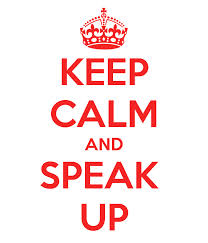Women and men experience unwanted attention regarding their appearance and gender. When is it a compliment and when is it sexual harassment? I’m curiously following a discussion in the Norwegian media about this – also noticing the heated discussions and comments that follow newspaper articles online.
 I am surprised at the amount of stories told about sexual harassment. Apparently people in the service industry, particularly hairdressers and waiters are exposed more than others. The customers seem to take advantage of the situation; expecting polite service no matter what they say or do. When confronted, they will say it was a joke or a compliment. Both men and women experience this, although women more so – particularly young women. If you feel uncomfortable because of someone’s comment or actions due to your gender, it is no joke, it isn’t a compliment, and it should not be accepted. Basta, it’s simple.
I am surprised at the amount of stories told about sexual harassment. Apparently people in the service industry, particularly hairdressers and waiters are exposed more than others. The customers seem to take advantage of the situation; expecting polite service no matter what they say or do. When confronted, they will say it was a joke or a compliment. Both men and women experience this, although women more so – particularly young women. If you feel uncomfortable because of someone’s comment or actions due to your gender, it is no joke, it isn’t a compliment, and it should not be accepted. Basta, it’s simple.
A Norwegian public survey done in 2013 showed that 5% of the population had experienced unwanted sexual attention. In 2010 one in four employees reported the same, looking back at the last 6 months at work. In many instances of the stories I have read in the media lately, there is clearly a lack of respect for people and an objectification of people. It doesn’t make sense to me, considering how much focus there is on equality and women’s rights in Norway. It also makes me wonder how it is in other countries. But then “sexual harassment” might be labeled differently. The southern European women “accept” a lot more unwanted attention than a northerner would do. When I say “accept” I have seen that many women brush off comments or answer back, and consider it as part of life. In my opinion, it should not be part of life, not for women, not for men.
At an individual level we have a role to play in supporting people who get unwanted attention, and clearly showing and saying that we do not accept discriminating behaviour when being exposed to it. Businesses have a role to play in clearly stating what is unacceptable at work and act on instances of sexual harassment – focusing on the person who commits the act; not moving the victim.